Is a Yamaha V4 MotoGP Switch Too Little Too Late?
With Yamaha close to switching to a V4 in MotoGP, we look at why it could be the move that finally steers them forward
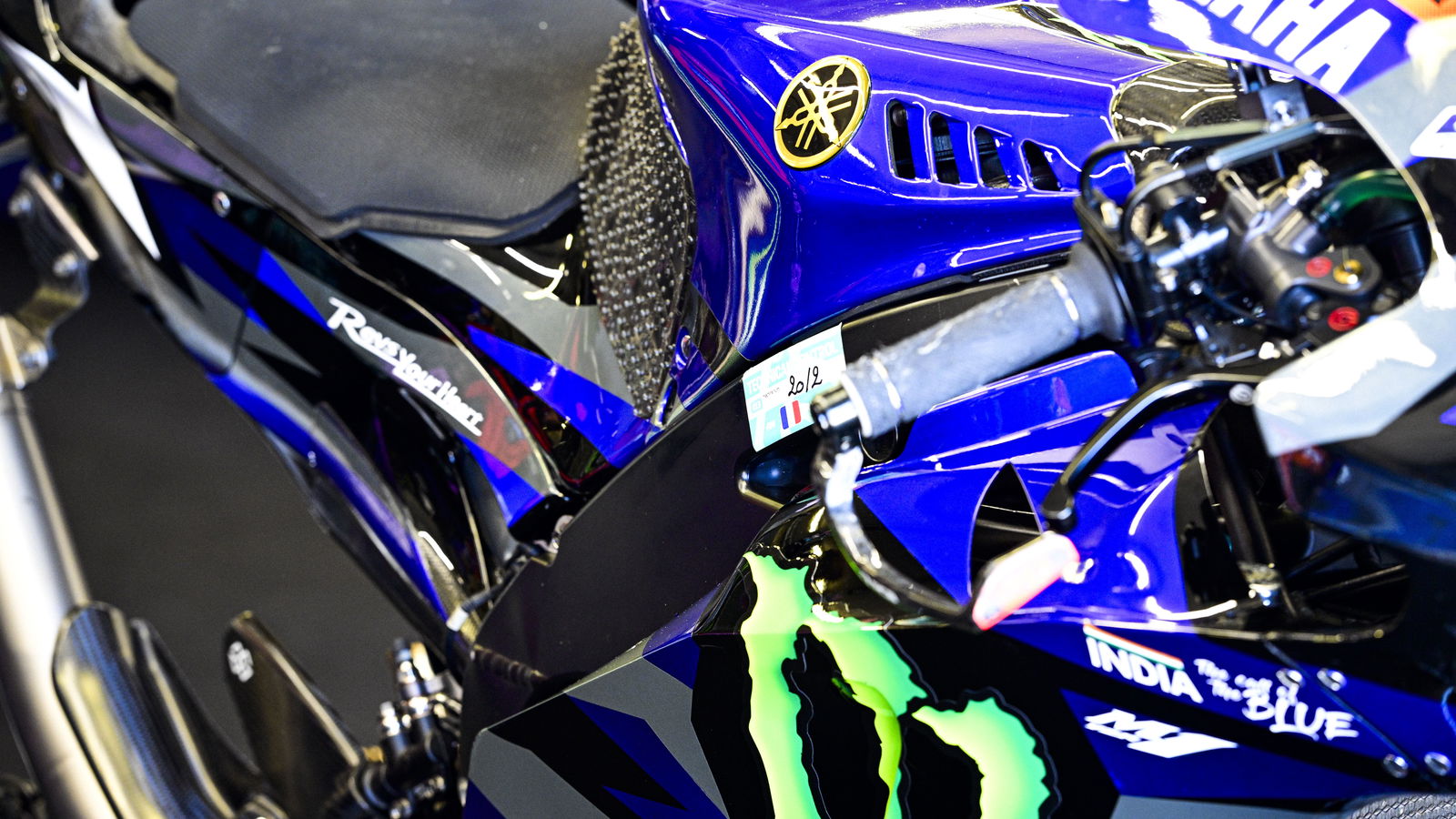
Yamaha is set to ditch its crossplane inline-four engine in favour of the V4 which has helped Ducati, Aprilia and KTM streak ahead of it in recent MotoGP seasons.
For many years there were distinctive differences between the V4 and inline-four, which still remains the case to this day. Looking at MotoGP, it’s clear that the V4 is the bike to beat in terms of top speed. The old adage was that Yamaha could turn better, while the Honda was faster and would brake better for hard-braking corners - that’s when the two Japanese brands were dominating MotoGP which is no longer the case.
But Ducati in particular still makes that ring true, as it often has, or at least shares similar top speeds with the KTM RC16, whilst being the best bike in hard-braking zones. The Yamaha on the other hand was often seen as the best bike mid-corner but after trying to make its bike much faster on the straights, which it has, the M1 has lost its identity somewhat and is no longer the corner king of MotoGP.
Bring it forward to 2024 and Yamaha doesn’t have the fastest bike nor the best turning bike on the grid, not even close. Changing to a V4 could, if not solve all the problems, at least help. But what are the differences? Well, a V4 naturally produces more power at a wider range of revs because of its shorter crankshaft compared to the inline-four.
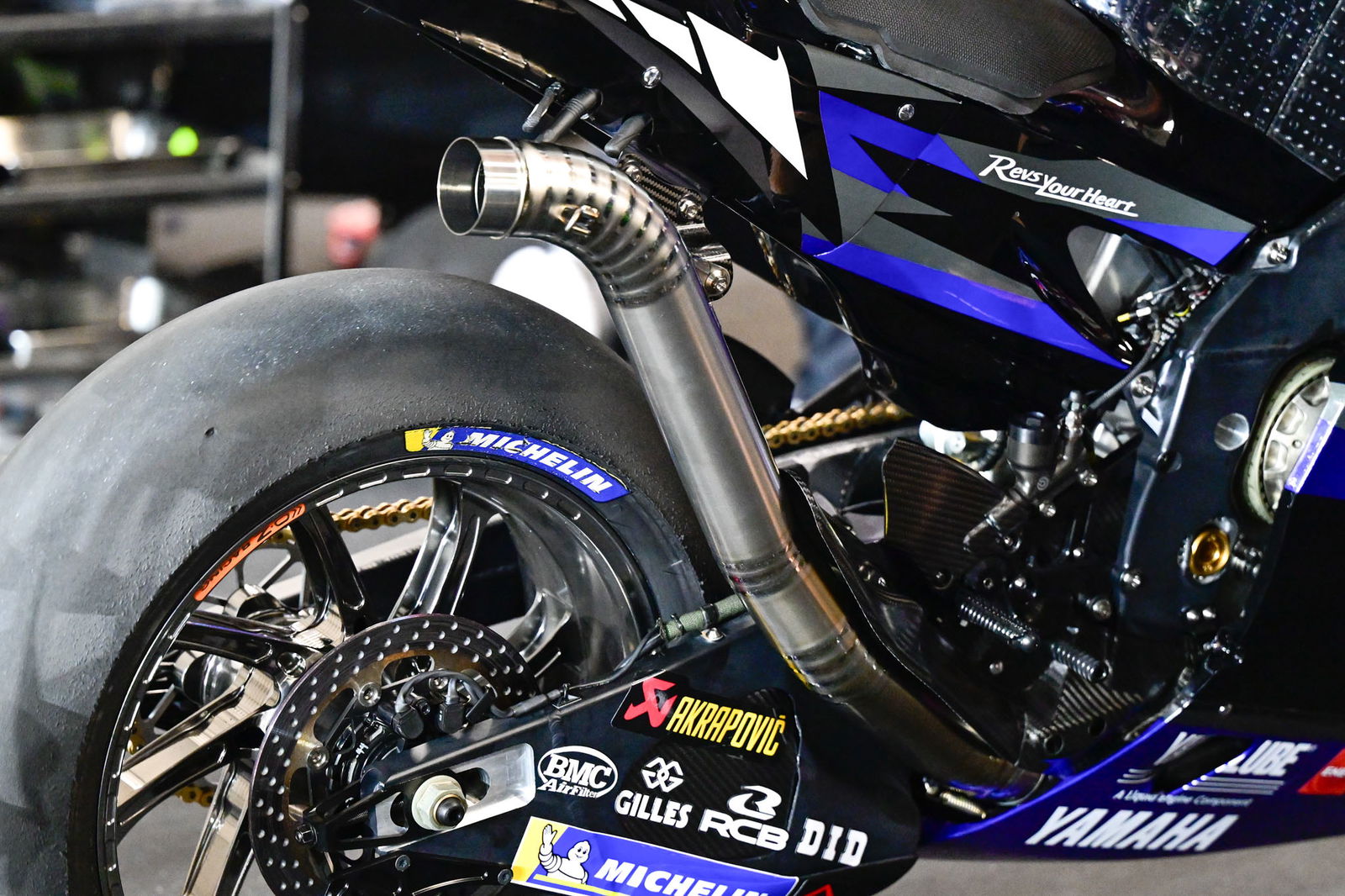
A V4 engine’s crankshaft is more rigid than an inline-four and uses fewer bearings, which allows it to produce more power. Had Yamaha still been the turning king of MotoGP, changing its ethos and DNA would have likely been a no-go. But the reality is that Yamaha is nowhere near strong enough to win races at the moment, and so making a big change is needed.
MotoGP bikes with a V4 are usually twitchier and as a result more demanding to ride than inline-four bikes due to the shorter crankshaft rotating around the axis easier than an inline-four. That means the inline-four should have the advantage, but it’s been clear for three seasons now that Yamaha struggles more in most areas. The disadvantages of a V4 are seemingly a thing of the past, and Ducati, Aprilia and KTM are the main reason for that line of thinking.
Riders are creatures of habit and what sounded like a broken record for many years, especially from Fabio Quartararo, was that Yamaha needed more straight-line speed. That’s exactly what it will gain by moving to a V4 engine. The challenge Yamaha will face is making sure the chassis and aerodynamics are where they need to be in order to be competitive.
A V4 engine achieves it lap time in a completely different way than the inline-four, and one way to think of it is the V4 likes to square off a corner - effectively making a V shape out of the turn - while sweeping lines, more like a U, is what the inline-four aims to do. That’s also why there would be circuits in the past where the top positions would be locked out by V4 bikes and others by the inline-four. But even circuit character has not helped Yamaha in recent years as its deficiencies have extended to most venues on the MotoGP calendar.
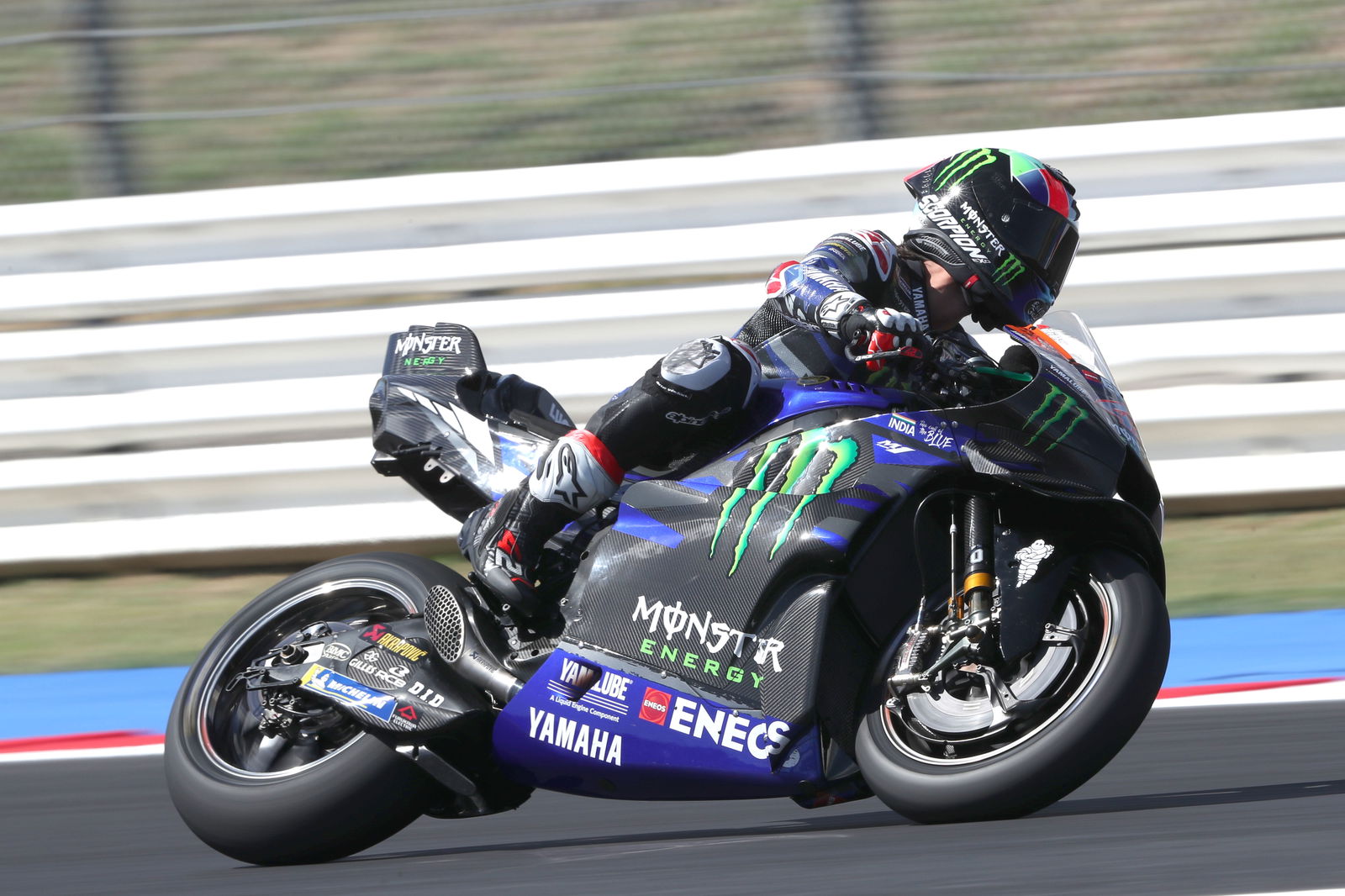
It can be argued that a major part of Yamaha’s drop over the last few seasons has to do with the character of the inline-four engine, coupled with the improved V4 engine in all areas, and that’s why we think Yamaha is keen to make the switch.
A few years ago Honda and Ducati, both of which used a V4, went through a phase of winning 44 out of 50 Grand Prix races, and that domination has been far exceeded since 2022 as Yamaha has not won since the summer of that season. Ducati, Aprilia and KTM have won all races since then. Sachsenring 2022, Yamaha’s last win, was 44 races ago.
Yamaha did use a V4 engine during the 500cc days in the 1980s, and it’s believed that the long-awaited switch back to a V4 has been accelerated by the addition of Luca Marmorini a couple of years ago. The Italian was previously a Formula 1 racing engineer for Ferrari and Toyota. Marmorini also played a role in the increased performance and reliability of Aprilia’s power unit in MotoGP. Marmorini signed for Yamaha in 2022.
There’s little doubt that changing to a V4 could benefit Yamaha in the future, but there’s one fairly large question that still needs answering, and that’s how long will it take it to catch up with its competition. MotoGP and the brands taking part wait for no one. Yamaha is not only going to need a completely new engine, but the Japanese company is doing so in an era where other brands have spent years developing its current V4 engines.
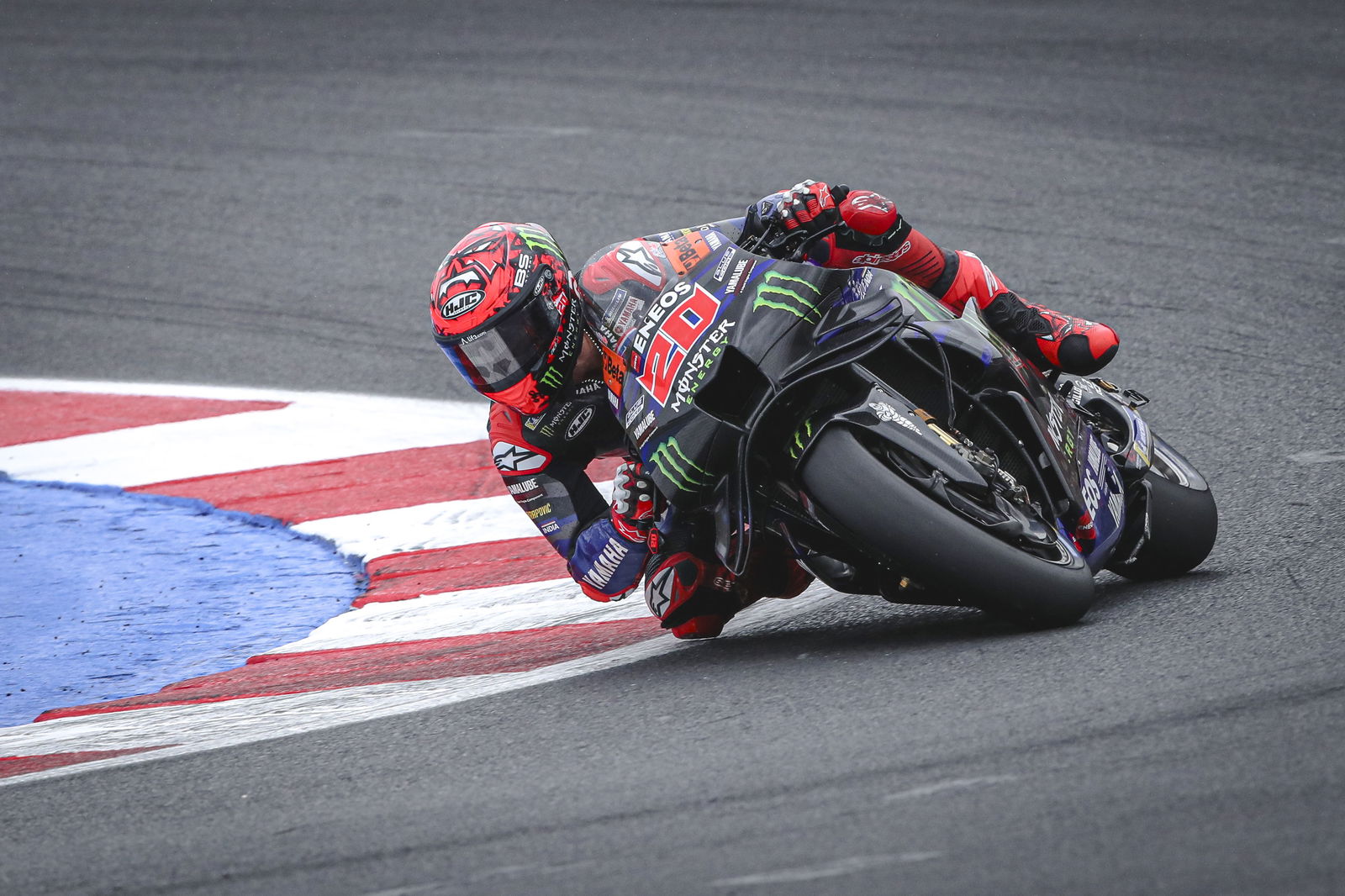
It might not be too little too late, but you would imagine that starting a V4 engine concept from scratch could mean a few more years of pain. The regulation changes in 2027 which will see engines drop from 1000cc to 850, 100 per cent sustainable fuel and a ban on ride-height devices, could reset the pecking order and therefore help new manufacturers like BMW that want to join MotoGP, while it could also allow Yamaha to quicken the process of developing its V4. But don’t expect Yamaha to hit the ground running when its V4 is ready.
Aprilia and KTM, Ducati’s main rivals at the moment, joined MotoGP in 2015 and 2017 respectively, but it wasn’t until at least four years into the development of its V4 engines, and bike as a whole, that the two brands became consistently competitive. That should give you an idea of the task ahead for Yamaha.
Success at this level of racing does not come easily or cheaply and it could even set them further back than it currently is, for a short time at least. But that said, the V4 engine is clearly the one to have and Yamaha is taking huge steps to try and become a force in MotoGP once again - that there is no question of.
Find all the latest motorcycle news on Visordown.com.
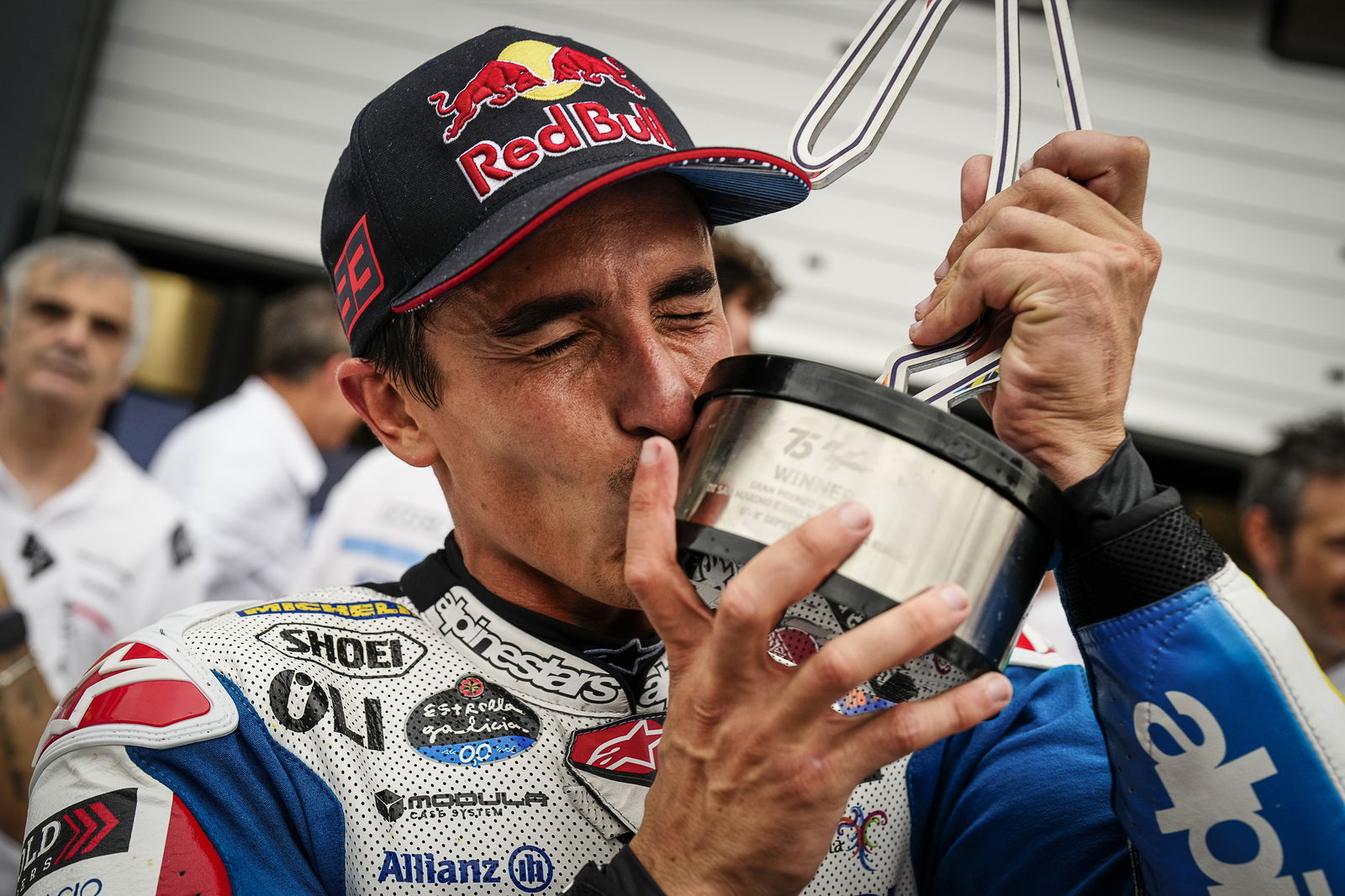
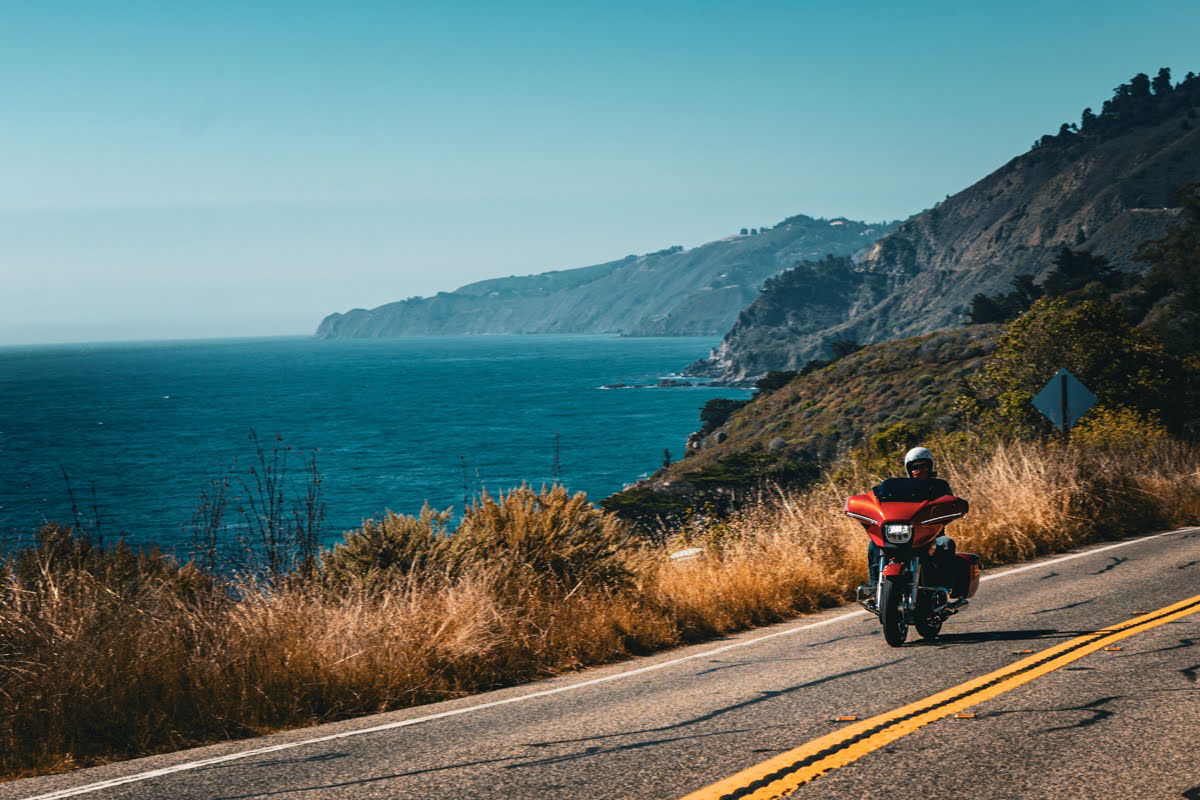
 (1)_0.jpg)